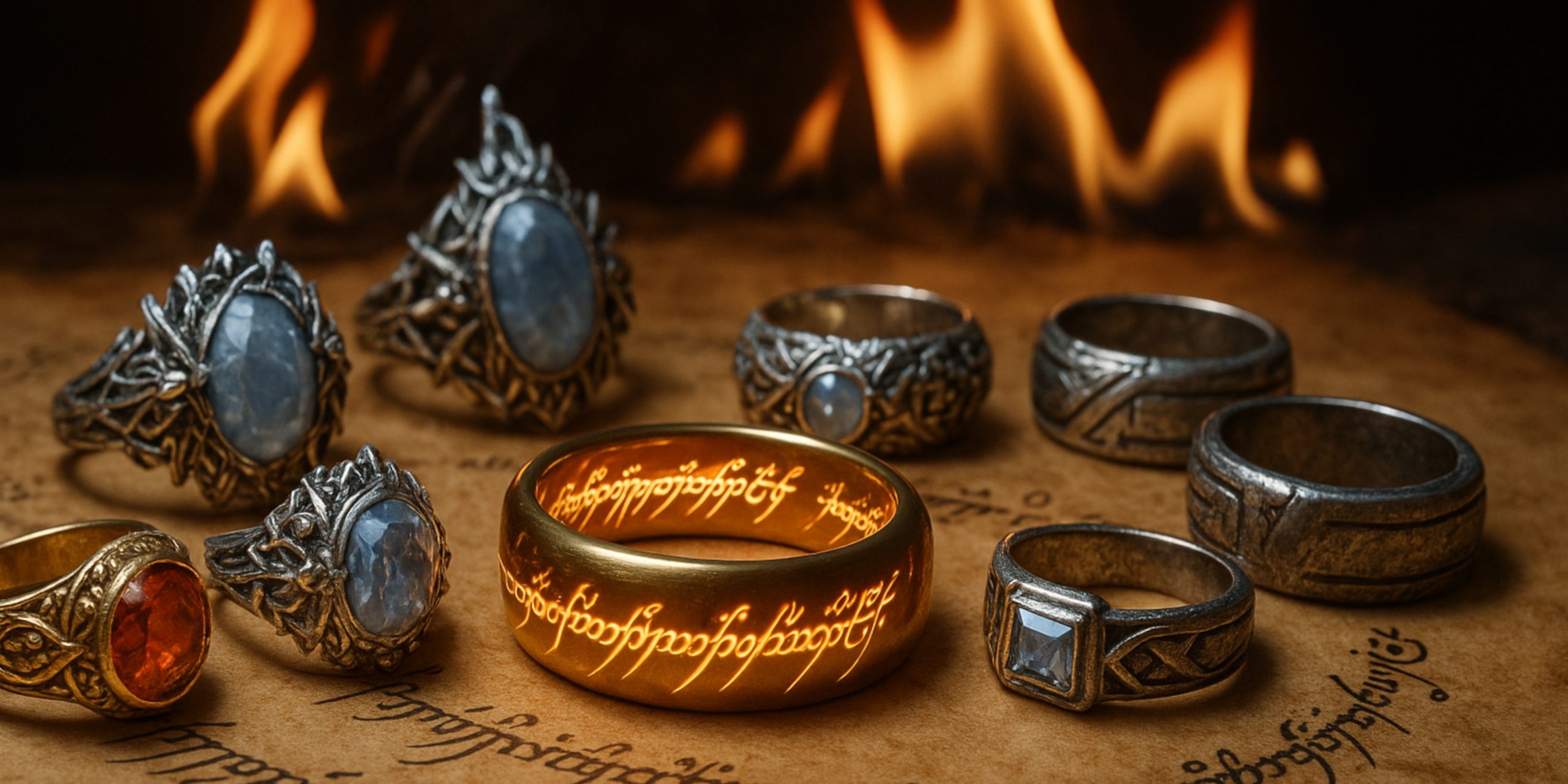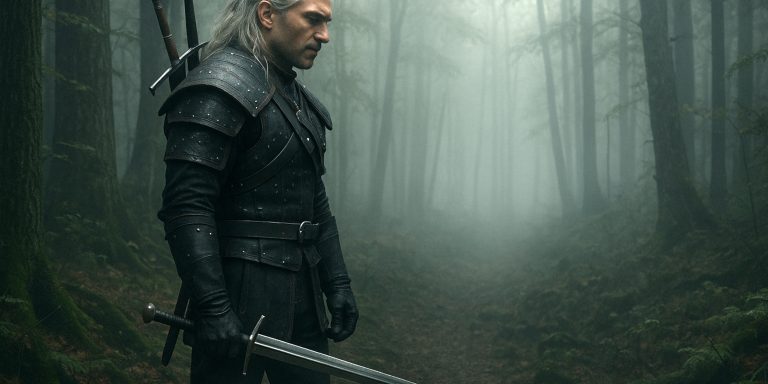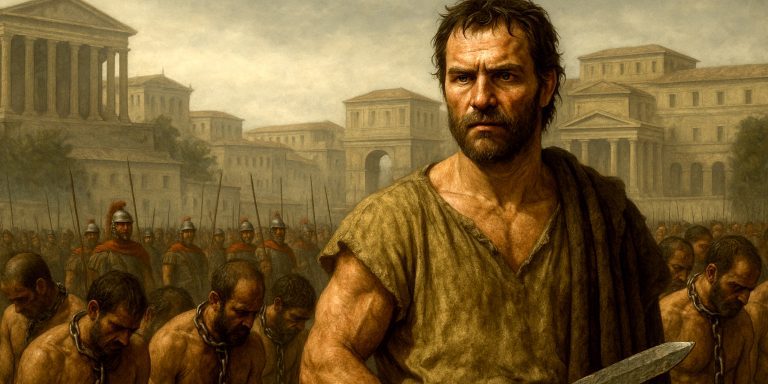
In Tolkien’s legendarium, the Rings of Power are more than symbolic artefacts or convenient plot devices. Each ring was crafted with specific intentions, offering distinct magical properties to their bearers, and often carrying a price. While the One Ring garners most of the attention, the others have deep lore and far-reaching effects.
The One Ring
Crafted by: Sauron
Forged in: Mount Doom, in secret
Primary Purpose: Domination of the other Ring-bearers
Powers:
- Invisibility: Most visible in The Hobbit and The Lord of the Rings. When worn by mortals, the ring shifts them into the unseen realm.
- Enhanced Perception: Grants the wearer unnatural awareness, including the ability to perceive the thoughts and emotions of others.
- Longevity and Preservation: Prolongs life, but not in a healthy way. Bearers do not age naturally but are corrupted physically and mentally over time.
- Domination and Control: Sauron’s will is embedded within the Ring. It enables him to influence and eventually enslave the minds of those who wear the other Rings of Power.
- Amplification of Power: Strengthens the inherent power of the wielder, especially if they are already a being of great magical ability.
The One Ring is also self-aware in a limited sense. It can “betray” its bearer if that betrayal aligns with Sauron’s will, as it seeks to return to him.
The Three Elven Rings
Crafted by: Celebrimbor (without Sauron’s direct influence)
Bearers: Galadriel (Nenya), Elrond (Vilya), Gandalf (Narya)
General Traits:
- Unseen unless the bearer wills them to be seen.
- Not used for war or domination, but for preservation, healing, and resistance.
| Ring | Name | Element | Known Powers |
|---|---|---|---|
| Narya | Ring of Fire | Fire | Inspired courage, resistance to tyranny, revival of hearts |
| Nenya | Ring of Water | Water | Preservation, concealment, protection from decay |
| Vilya | Ring of Air | Air | Healing, preservation, warding off evil |
These rings were hidden from Sauron but were still bound to the One Ring. When the One was destroyed, the power of the Three faded.
The Seven Dwarven Rings
Crafted by: Sauron and Celebrimbor (some debate on how many were directly tainted by Sauron)
Purpose: To corrupt Dwarf-lords and bring them under Sauron’s influence
Powers:
- Increased Greed: They amplified the possessiveness and hunger for gold in their bearers.
- Wealth Generation: Enabled dwarves to amass vast treasures.
- Resistance to Domination: Dwarves were too stubborn to be fully controlled, unlike Men.
However, the Seven ultimately failed Sauron’s designs. He reclaimed some, while others were consumed by dragon fire.
The Nine Rings for Mortal Men
Crafted by: Sauron
Purpose: To bring Men under his direct control
Powers:
- Invisibility: Like the One Ring, the Nine drew their bearers into the wraith-world.
- Extended Life: Immortality, but with a heavy cost. The bearers became pale shadows of themselves.
- Subjugation: The Nine ultimately lost all will and became the Nazgûl, bound entirely to the One Ring and Sauron’s will.
They are the most direct success of Sauron’s plan to dominate the races of Middle-earth.
Why the Rings Differ in Effect
Much of the power of a ring lies in who crafted it, how it was used, and the nature of the bearer. The Elves, with higher resistance to domination, were able to wield the Three wisely. Dwarves resisted control but succumbed to greed. Men, most vulnerable to corruption, were twisted entirely.
The Rings did not work uniformly. They responded to will, ambition, and the moral fibre of their bearer. Frodo could resist the One for a time because of his inner strength and humility, while others, like Boromir, were tempted without ever touching it.
Legacy and Final Notes
With the destruction of the One Ring, all lesser Rings of Power lost their potency. The Elves’ realms faded, the dominion of Men rose, and the age of magic waned. What remains is the memory of these artefacts and the warnings bound within them: power, especially when crafted to control, always carries a cost.



